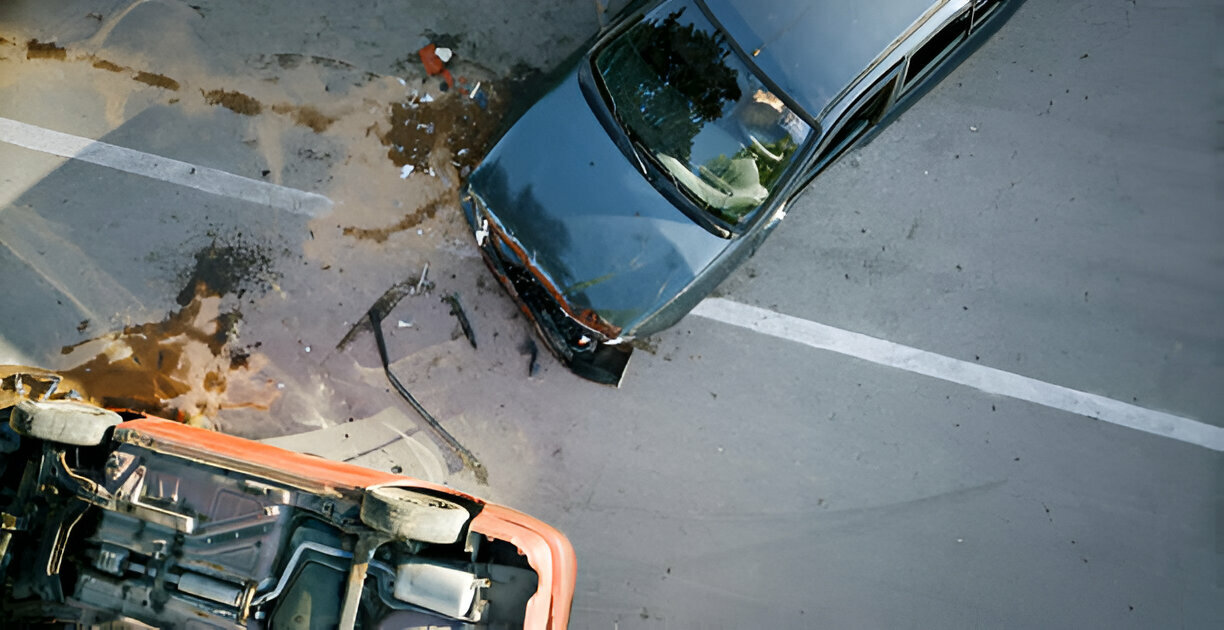Car accidents, even those without apparent injuries, can lead to complicated legal situations, especially in typical car accident settlements with no injury. While it might seem counterintuitive to pursue a lawsuit when no one is injured, the dynamics change, especially in no-fault states, where compensation for property damage becomes essential.
In this blog, we will explore the nuances of non-injury car accidents, the factors influencing such cases, typical settlements, and the role of a personal injury attorney in navigating these situations.
What Is A Non-Injury Car Accident?
A non-injury car accident, often deemed a minor collision, occurs when those involved in the incident escape unscathed from any bodily harm. Although there may be a fortunate absence of physical injuries, the repercussions of such an event can manifest in the form of damage to the vehicles or their contents. These incidents can take various forms, ranging from common scenarios like rear-end collisions to single-vehicle accidents or mishaps that unfold within the confined spaces of parking lots.
One crucial aspect distinguishing non-injury car accidents is their recognition in no-fault states. In these jurisdictions, regardless of the severity of the bodily injuries or their absence, there exists a mandate for financial compensation to cover the property damage sustained during the accident. This legal nuance underscores the importance of comprehending the intricate implications associated with seemingly minor accidents.
4 Factors Affecting a Non-Injury Car Accident Case
Similar to other automobile accidents, establishing negligence is pivotal for a successful non-injury car accident case. The four elements of negligence include:
- Duty Owed by the Defendant to the Plaintiff
In traffic law, a duty of care is a fundamental obligation each driver has toward others on the road. This means exercising reasonable caution and adhering to traffic laws to prevent harm to fellow motorists. In a non-injury car accident case, demonstrating that the defendant had a duty of care is paramount. This duty encompasses responsibilities such as following traffic regulations, maintaining vehicle control, and avoiding actions that could lead to harm.
- Breach of Duty by the Defendant
Once the duty of care is established, the focus shifts to whether the defendant breached this duty. Breach refers to violating or neglecting the obligations set forth by traffic laws and general safety guidelines. This could include reckless driving, failure to yield, or any other action that deviates from the expected standard of care. Providing evidence of the defendant’s breach is crucial in demonstrating their negligence in the non-injury car accident.
- Plaintiff Suffers an Injury
In the context of a non-injury car accident, the term “injury” extends beyond physical harm. It encompasses any damage or loss suffered by the plaintiff, with financial losses due to property damage being a key consideration. While there may be no bodily injuries, the financial impact of repairing or replacing a damaged vehicle constitutes a valid form of injury in these cases. This broader interpretation allows for a comprehensive assessment of the damages suffered by the plaintiff.
- Injury Resulting from Defendant’s Breach
Connecting the dots between the defendant’s breach of duty and the incurred damages is vital. It’s not enough to establish that a breach occurred; there must be a direct link between the defendant’s actions and the resulting harm. In the context of a non-injury car accident, this means demonstrating that the property damage suffered by the plaintiff is a direct consequence of the defendant’s failure to uphold their duty of care. This causal connection is instrumental in proving negligence in the legal proceedings.
Failing to establish these elements may hinder a successful lawsuit, but it doesn’t preclude the possibility of reaching an auto accident settlement with the insurance provider.
What are Typical Car Accident Settlements for Accidents Without Injuries?
Contrary to cases involving bodily harm, settlements for non-injury car accidents are generally lower. Forbes reported an average compensation of approximately $16,000 for parties not injured in car accidents. However, victims may still be entitled to various forms of compensation, including:
- Non-Economic Damages: Compensation for intangible losses, such as pain and suffering or emotional distress.
- Economic Damages: Reimbursement for financial losses like repair costs, property damage, and loss of income.
- Punitive Damages: In cases of extreme negligence, punitive damages may be awarded to punish the at-fault party.
Can A Personal Injury Attorney Help Me?
If you find yourself involved in a non-injury car accident and are exploring typical car accident settlements with no injury, seeking legal advice is essential. Personal injury attorneys specialize in navigating the complexities of such cases. In the Coral Gables area, including Miami, Coconut Grove, South Miami, Pinecrest, and beyond, the legal team at Pacin Levine, P.A. is dedicated to evaluating cases, providing expert guidance, and fighting for the rights of those affected.
Contact us at (305) 760-9085 or 1-800-24-7-CRASH (2727) ensures a thorough assessment of your situation. Don’t let insurance disputes hinder necessary repairs for your vehicle. Professional legal assistance can significantly influence the case’s outcome, ensuring fair compensation for the damages incurred.












